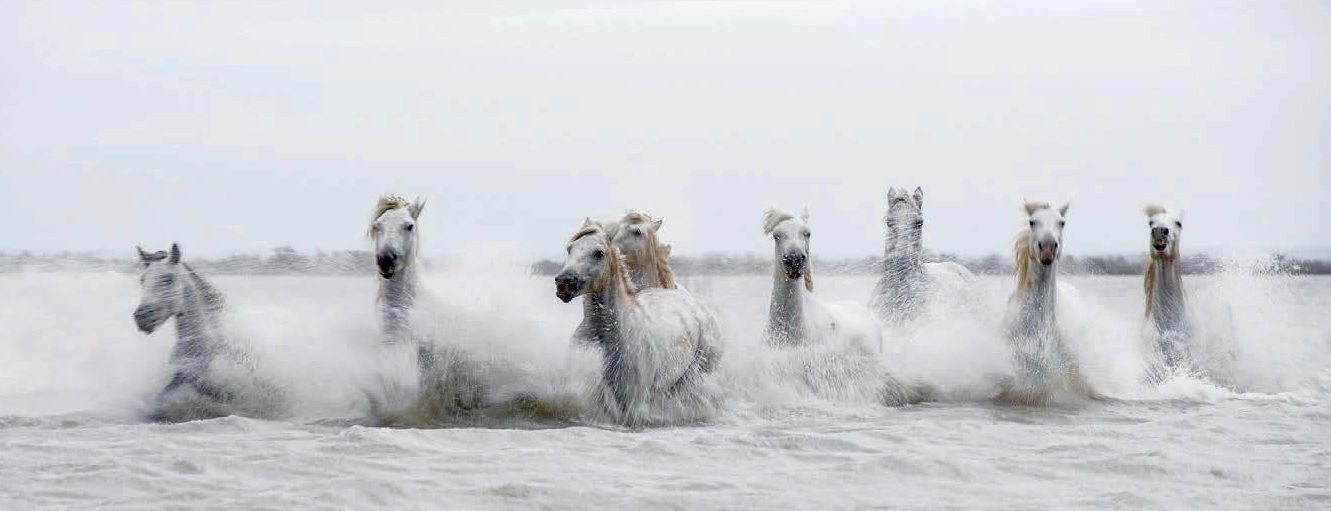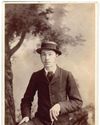
1 Shoot in aperture-priority mode
I almost always shoot at the extremes of the shutter speed range: fast shutter speeds for freezing action, slow shutter speeds for creating a sense of movement. By shooting in aperture-priority mode, I can very quickly change my f/number, let the camera adjust the shutter speed, and rapidly switch from my fastest available shutter speed to the slowest, without worrying about whether there's sufficient light, which means I never miss a shot.
2 Don't take record shots
Before you press the shutter, ask yourself, 'How would I caption this image?' If the only answer you can come up with is the species name - a tiger, a bear, an eagle, etc - stop! Wait for a better shot. A picture of a bird singing, for example, is far more compelling than a photograph of the same bird with its beak closed.
3 Anticipate the action
About 90% of my job is biology. Knowing your subject gives you ideas for pictures. It also enables you to anticipate the action, so you're more likely to capture the moment when it comes.
4 Use the light
Look for lighting situations that add mood and drama. Backlighting is great for silhouettes and contre-jour. Soft lighting can add an ethereal mood. Side lighting, with its stark contrast and deep shadows, adds tension and visual energy.
5 Set focus mode to continuous
In continuous focus mode, the camera constantly adjusts the point of focus to keep track of the subject as it moves. When movement is predictable, I restrict the number of autofocus (AF) sensors used by the camera to track the subject, as this speeds up AF performance. When movement is unpredictable, such as with a bird in flight, I set all the AF points to track, as this gives the best chance of staying focused on the subject.
ESSENTIAL KIT
هذه القصة مأخوذة من طبعة September 13, 2022 من Amateur Photographer.
ابدأ النسخة التجريبية المجانية من Magzter GOLD لمدة 7 أيام للوصول إلى آلاف القصص المتميزة المنسقة وأكثر من 9,000 مجلة وصحيفة.
بالفعل مشترك ? تسجيل الدخول
هذه القصة مأخوذة من طبعة September 13, 2022 من Amateur Photographer.
ابدأ النسخة التجريبية المجانية من Magzter GOLD لمدة 7 أيام للوصول إلى آلاف القصص المتميزة المنسقة وأكثر من 9,000 مجلة وصحيفة.
بالفعل مشترك? تسجيل الدخول

Calling The Shots: A Queer History of Photography
Offering an unprecedented view of photographic history through a queer lens, this is a wonderful and powerful book, says

Large-aperture standard zoom, too
SONY has also revealed a new premium standard zoom, the FE 28-70mm F2 GM.

Super-fast, high-res Sony Alpha Ai II
SONY has announced its new professional full-frame flagship camera, the Alpha A1 II.

39 awesome accessories
Our round-up of the best accessories we've used and reviewed this year, along with some old favourites. There's something here for every budget, starting from just £7, including tripods, bags, filters and much more

Such a thing as society
This autumn sees the launch of a major new book and exhibition devoted to examining the multiplicities of photography during 1980s Britain. Peter Dench finds out more

Join Club
The sociable Canvey Island Photographic Club is keen to grow its in-person meet ups

Capturing flight
Winners and finalists of Bird Photographer of the Year share their tips for success with Hollie Latham Hucker

140 years of change
AP has become the world’s oldest surviving consumer photo magazine because we have moved with the times, says Nigel Atherton

Preserving history in platinum
A deep dive into the meticulous art of platinum printing, and the collaboration between the Royal Geographical Society and Salto Ulbeek. Mike Crawford explores how they brought historical photographs to life with enduring beauty and precision

Life in the past lane
What was life like for an amateur photographer in 1884? John Wade takes a trip back in time